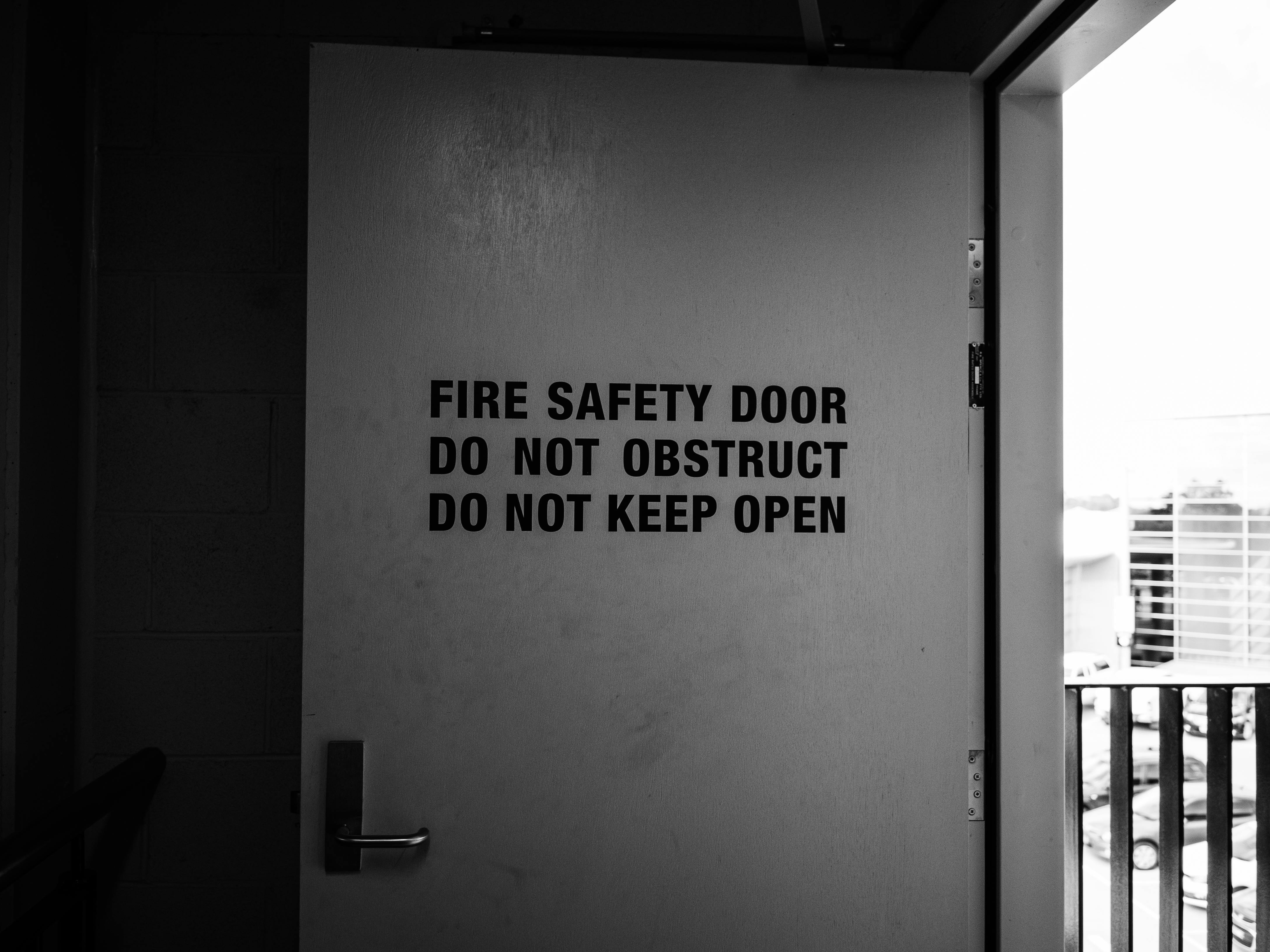
A Personal Emergency Evacuation Plan (PEEP) is used to document how people will be evacuated when they have difficulty responding to a fire alarm or escaping from a building unaided, in the event of an emergency.
Personal emergency evacuation plans (PEEPS)
What is a PEEP?
A PEEP is a plan for a person who may need assistance, for instance, a person with impaired mobility, to evacuate a building or reach a place of safety in the event of an emergency.
Some members of staff or residents will require additional assistance to ensure their safety in case of fire or other emergency. These people may need a personal evacuation plan (PEEP).
Are PEEP's a legal requirement?
A permanent PEEP is required for anyone who has mobility, sight, hearing or cognitive impairments, or any other relevant circumstances. For short-term injuries such as a broken leg, or temporary medical conditions and those in the later stages of pregnancy, a temporary PEEP is required.
Who needs a PEEP?
The key question to ask is “Can this person leave the building unaided in an emergency?”
If the answer is No, they need their own evacuation plan.
A PEEP may be needed for someone with an impairment or disability such as:
- Sight impairment
- Mobility impairment
- Hearing impairment
- Cognitive impairment
- A medical condition or injury which might cause them to need assistance to evacuate safely.
Sometimes the requirement for a PEEP may be temporary for instance, someone who is using a wheelchair because of a broken leg or someone in the late stages of pregnancy.
***The plan must not rely on the Fire and Rescue Service’s intervention to make the plan work***
Using an evaluation of risk on the evacuation needs of the resident or staff member, using the following definitions of low, medium or high will help.

Low Risk (Independent):-
The mobility of the residents/member of staff - is not impaired in any way and they are able to physically leave the premises without the assistance of staff or, if they experience some impairment, they are able to leave with minimal assistance from another person.
Medium Risk (Dependant):-
The residents/member of staff - is neither low risk(independent) or high risk (very high dependency) they have either mental health problems and/or mobility problems.
High Risk(Very High Dependency):-
The residents/members of staff - care and/or condition creates a high dependency on staff, or the immediate evacuation would prove potentially life threatening.
Who’s responsibility is a PEEP?
A manager is responsible for ensuring the safety of their staff. A block managing agent is also responsible. It is the responsibility to identify individuals who may require a PEEP and to implement the PEEP assessment.
How do I write a personal emergency evacuation plan?
1. Evaluate the Emergency.
2. Determine Exit Routes.
3. Identify Safe Areas.
4. Develop Evacuation Procedures.
5. Discuss with Employees.
6. Assign Responsibilities.
7. Conduct Training Exercises.
8. Review and Update the Plan as Needed
How can Summit Environmental help?
PEEP’s
Fire plans
Fire Evacuation and Procedure Plans
Fire Escape Plans
Fire alarm zone plans
Need third party site safety inspection’s?
Fire Risk Assessment

.jpg)